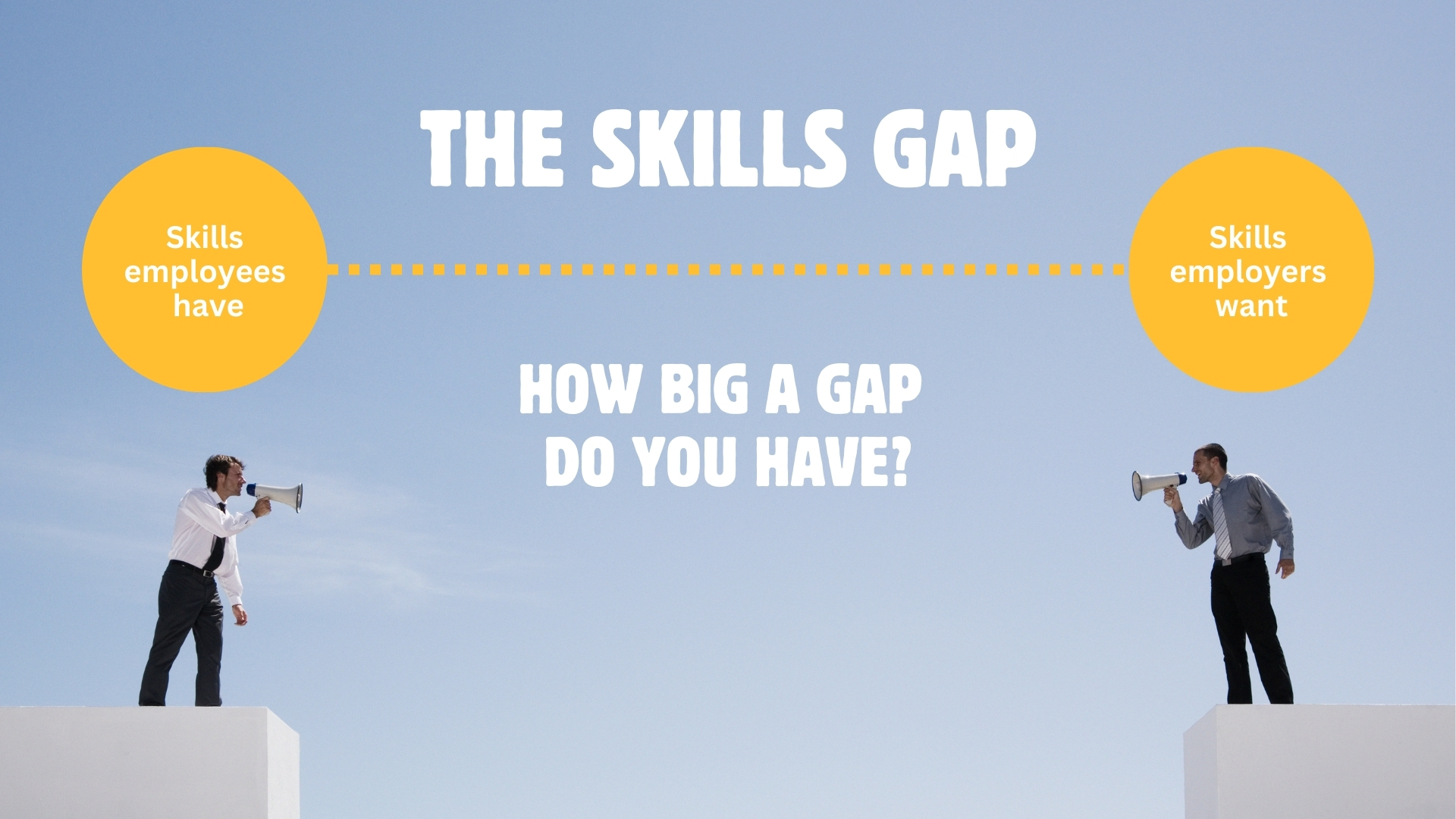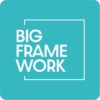70% of existing roles will change between 2025–2030
The reality is stark:
- Completely new roles (that didn’t exist five years ago) already make up 10% of all advertised jobs.
- 70% of existing roles will change between 2025 and 2030.
(Source: Ekonomibyrån 2025 – Var finns jobben?)
The bigger disruption isn’t just new roles. It’s the transformation of existing ones. Leaders, teachers, doctors, salespeople, developers, none of them will do what they’ve always done in quite the same way.
This is a global phenomenon:
- In Germany, 53% of companies report difficulties in finding employees with the right digital skills (Source: Bitkom, 2024).
- In the United States, over 75% of employers say they struggle to fill open roles due to skills gaps, particularly in tech and health sectors (Source: ManpowerGroup, 2024).
- In Japan, the Ministry of Economy, Trade and Industry forecasts a shortage of 790,000 IT professionals by 2030 if current trends continue.
- In the UK, a 2024 survey by the Chartered Institute of Personnel and Development (CIPD) revealed that 66% of employers believe upskilling current employees is more critical than external hiring.
As automation, AI, and evolving digital ecosystems reshape every industry, the very fabric of work is being rewoven. What we see now is not a skills shortage, it is a skills mismatch.
How this change affects you as a leader
“AI won’t replace managers. But managers who use AI will replace those who don’t.”
– Paul Daugherty, CTO of Accenture
This gap is not a training issue. It is a leadership issue. Organizations that fail to address the capability gap will fall behind, not slowly, but suddenly. If you, as a leader, have not already begun investing in re-skilling and up-skilling your workforce, including your own skills you are already late.
Consider this: If your workforce is not equipped for modern ways of working, whether that means data literacy, digital collaboration, business agile practices, or AI fluency etc., you have three main options:
- Train existing staff.
- Recruit new talent.
- Acquire through mergers and acquisitions.
1. Training: Your People Are Your Platform
Training should be an embedded, ongoing process, not a once-a-year box to tick. Failing to invest in current employees is essentially depreciating your own assets. Think of learning and development not as a cost, but as a long-term capital investment.
“If you think education is expensive, try ignorance.”
– Derek Bok, former President of Harvard University
2. Recruiting: Culture as a Competitive Edge
Here’s the catch: those with the right skills don’t want just a job. They want growth. Development. Challenge. They want to work in organizations where learning is part of the culture. If your company isn’t known for developing talent, the best talent won’t come. And even if you can attract them, recruiting skilled professionals in today’s market is extremely difficult, they are a scarce and highly sought-after resource. It is their market. They have options. We, as leaders, must treat them with respect, offer continuous growth opportunities, and design cultures where they thrive.
Moreover, we must build systems where those who do have the right skills can multiply their impact by mentoring and teaching others. That is how we build future-proof organizations.
3. Acquire through mergers and acquisitions
On paper, acquiring companies with the right talent or technologies may seem like a fast track to closing the capability gap. But here’s the uncomfortable truth: most organizations are facing the same internal skills divide between old and new. Mergers or acquisitions (M&A) is no guarantee of future-readiness if the acquired organization is also struggling to adapt.
Even in situations where strategic acquisitions were possible, many organizations failed to act. Take Blockbuster, for example, once a market leader, they had the opportunity to acquire Netflix early on and refused. The cost of inaction? Irrelevance.
We can’t buy our way out of transformation. We must lead our organization through it.
A major skillset update is needed
Time for a Hard Look in the Mirror.
When did you last audit the skills in your organization?
- Do you know the current gaps?
- Are you training employees consistently?
- Are you hiring for future potential or past experience?
This is not optional. It is existential.
The big shift
We are living in an era of disruptive change where the pace of transformation is faster than ever. What separates winning organizations isn’t just technology or capital, it’s their capacity to learn faster than the change happening around them.
“The illiterate of the 21st century will not be those who cannot read and write,
but those who cannot learn, unlearn, and relearn.”
– Alvin Toffler, author of Future Shock, The Third Wave, and Powershift
This is your leadership moment. Not to manage, but to transform. Not to fix, but to reimagine. And not just to close the skills gap, but to leap across it. Are you taking the leap?
Key takeaways
- The skills gap is real, accelerating, and existential.
- The transformation of existing roles will impact up to 70% of your workforce.
- Ongoing learning is no longer optional, it is the new currency of competitiveness.
- Talent wants to grow. If we don’t offer growth, they won’t stay or even show up.
- We must lead the skills transformation, not delegate it.
- Skilled people are rare and in control, treat them like your most valuable strategic partners.
- Those who know must teach, multiply the impact of internal experts.
If we as leaders do not know how to lead this smart work and lead the skill-required transformation, we will not be able to stay competitive.
Do you need to update your skills in this area?


